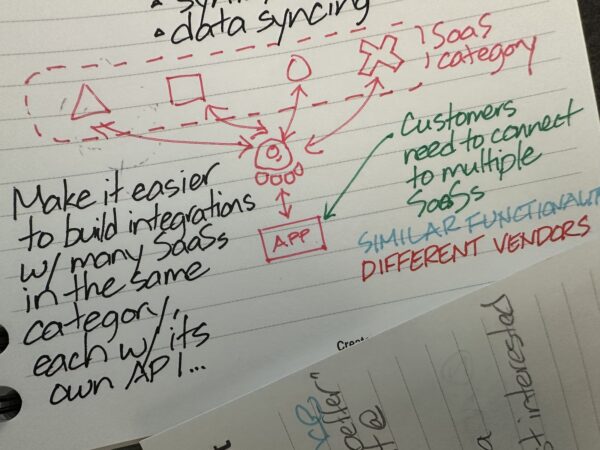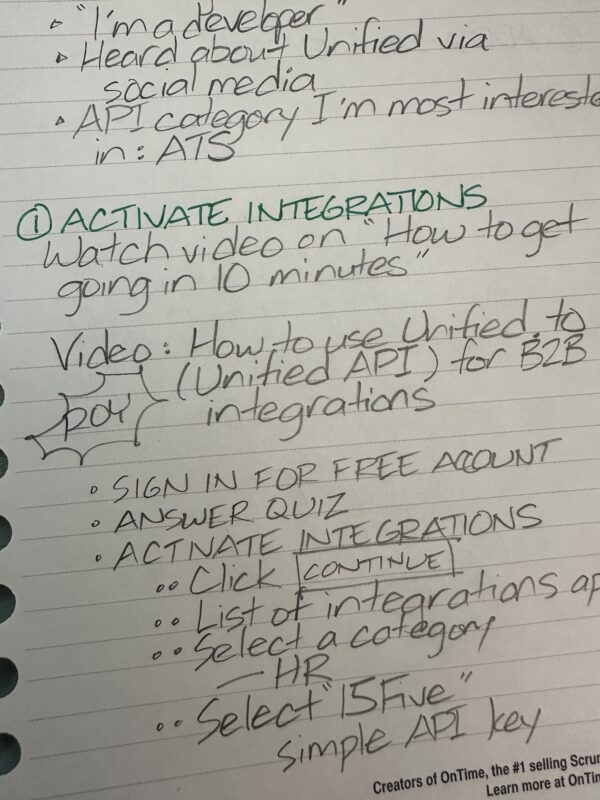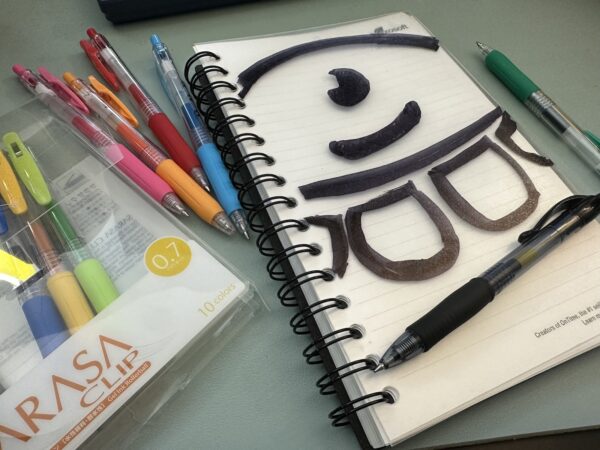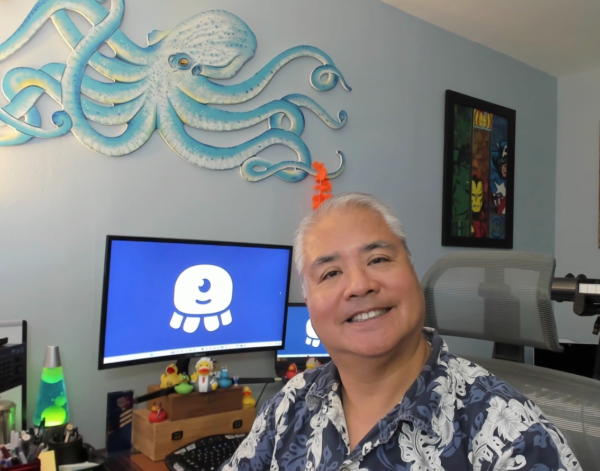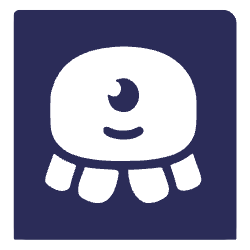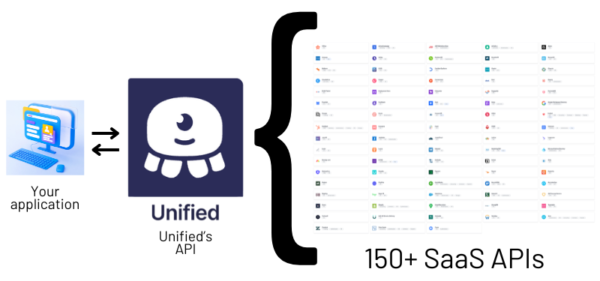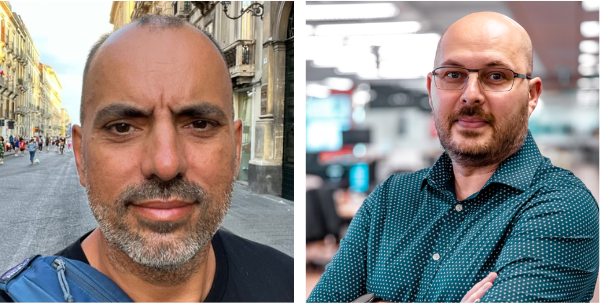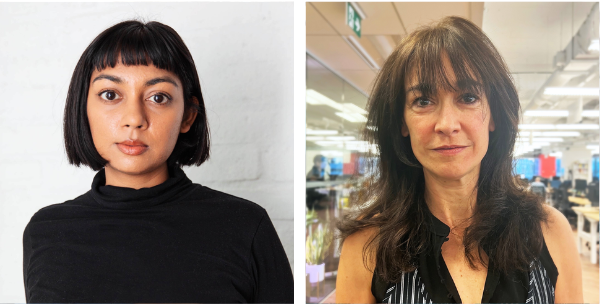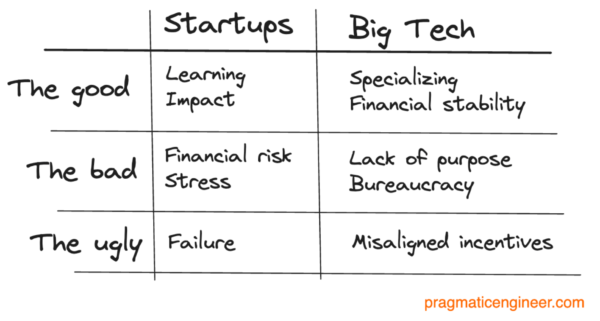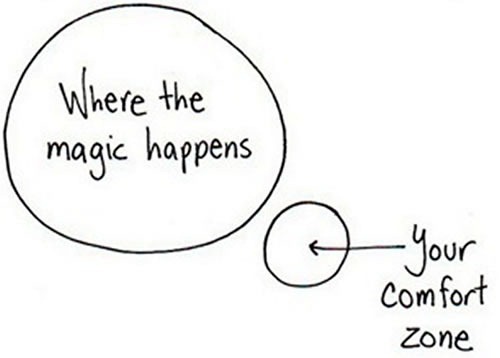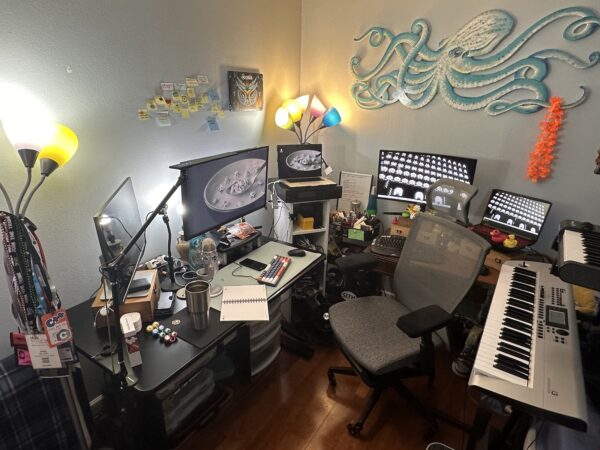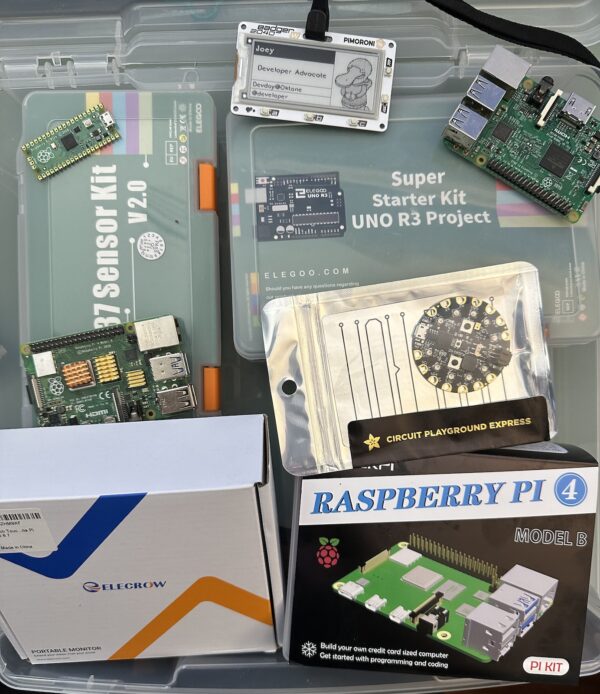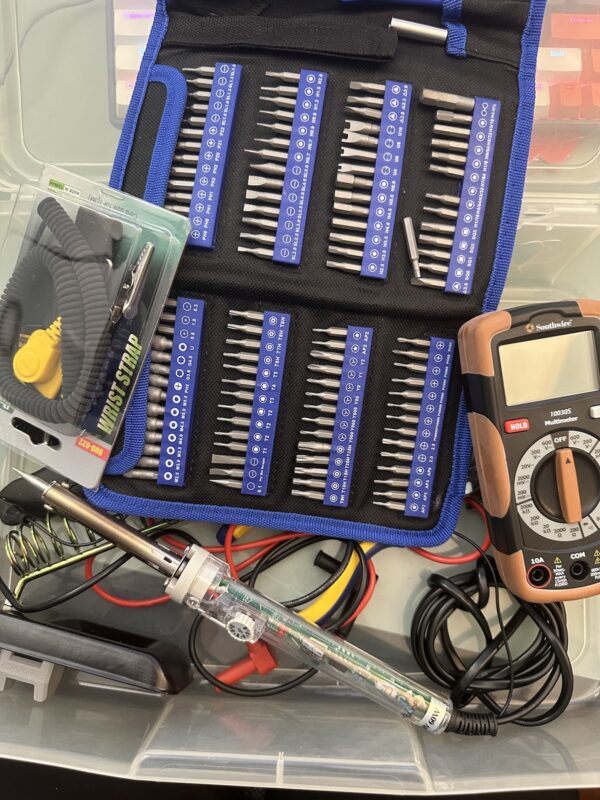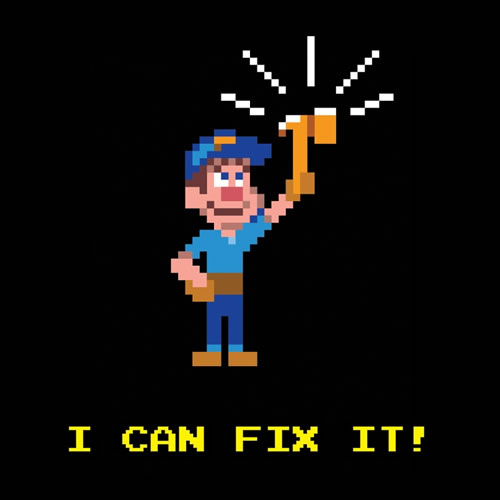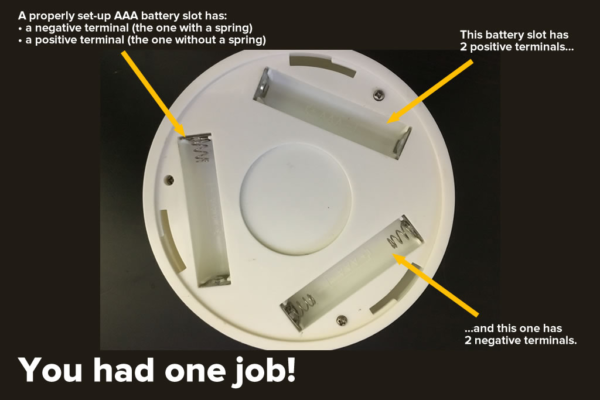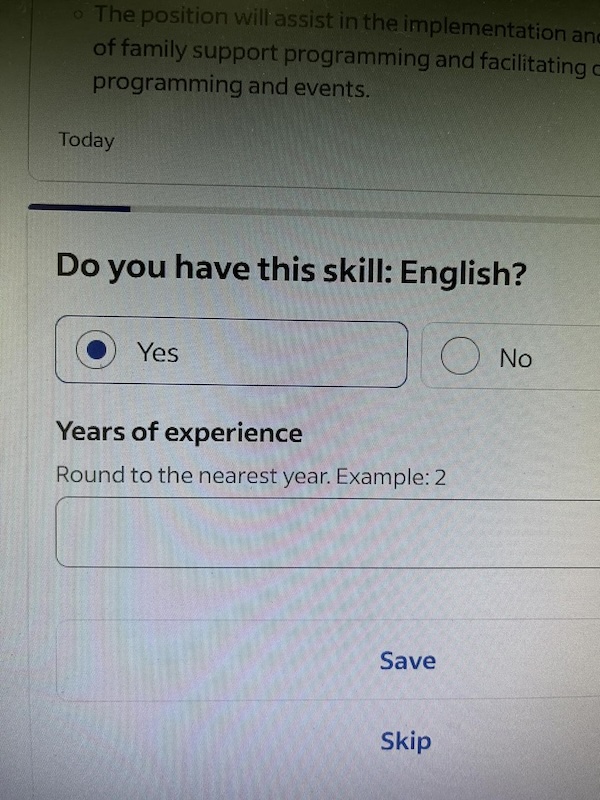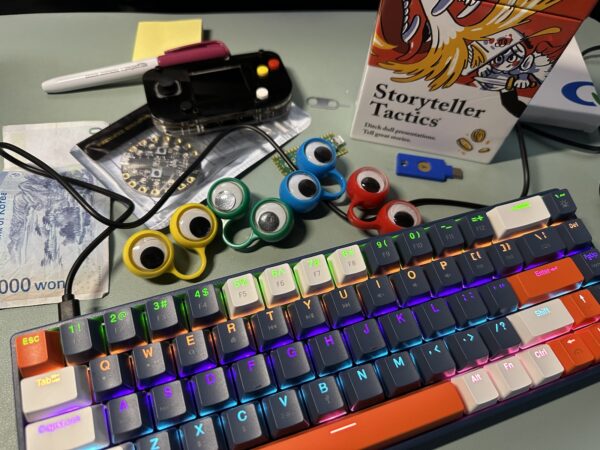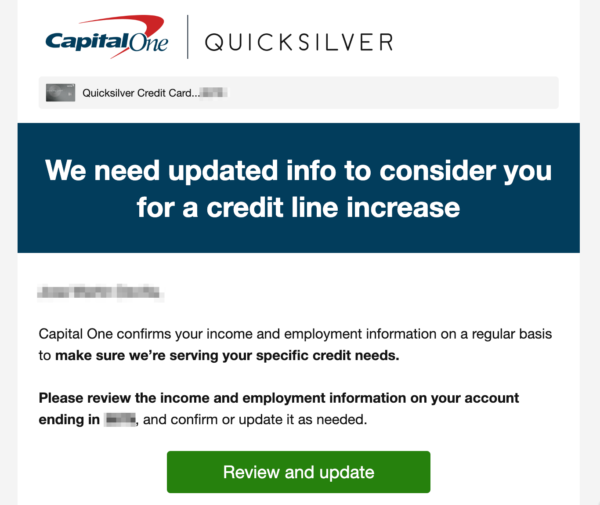To me, it always felt that I learned better and retained more if I took notes by hand rather than typing them in, and there’s research that backs up my hunch!
Scientific American points to a study published in the January 25, 2024 issue of Frontiers in Psychology with one of those “the answer is in the title” titles: Handwriting but not typewriting leads to widespread brain connectivity: a high-density EEG study with implications for the classroom.
The gist of the Scientific American article:
- Taking notes by hand versus typing results in more electrical activity across many interconnecting brain regions that handle things like:
- movement
- vision
- sensory processing
- memory
- It’s slower than typing, which means you have to pick and choose what you record, forcing you to:
- prioritize the information you’re presented with
- figure out what the main points are
- relate what you’re writing notes about to what you’ve learned before
- …and that means you’re more likely to stay engaged and grasp new concepts better
- Writing by hand means that your motor and memory systems have to work together, which improves your memory of what you’re writing notes about
As Unified API’s newest member and Supreme Developer Advocate, I have a lot of work ahead of me — and a lot of note-taking. So I customized a notebook from a Scrum software vendor (I can’t even remember when I got it) with Unified’s octopus logo (see the photo above) and have been taking furious notes. As a result, I’m retaining what I’m learning, which is very, very important at this very early stage in the game.
If you’re learning something new, trying breaking away from the computer as a note-taking device, get a paper notebook, and try writing notes by hand! You may be pleasantly surprised.
Reading list
- Scientific American: Why Writing by Hand Is Better for Memory and Learning (21 February 2024)
- Frontiers in Psychology: Handwriting but not typewriting leads to widespread brain connectivity: a high-density EEG study with implications for the classroom (25 January 2024)
- Forbes: Four Reasons To Take Notes By Hand (22 April 2021)
- Scientific American: A Learning Secret: Don’t Take Notes with a Laptop (3 June 2014)
- Association for Psychological Science: The Pen Is Mightier Than the Keyboard: Advantages of Longhand Over Laptop Note Taking (22 May 2014)
And to be thorough, here’s an article that suggests that it’s not as cut-and-dried as the articles and papers listed above say:
- McGill University’s Office for Science and Society: Pen and Paper Versus Laptop: Is There a Clear Winner in the Note-Taking Olympics? (20 September 2019)
